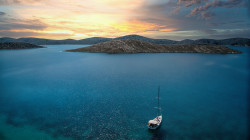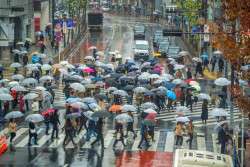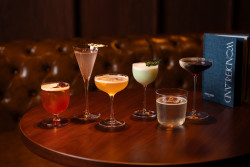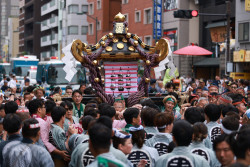
Originally published on metropolis.co.jp on January 2013

If you’re ever on the east side of Tokyo Station near Takashimaya Department Store, you could do worse than drop into Gallerie Sho. It’s always free and they often have fascinating exhibitions, like the present one, “Hyperrealism,” dedicated to works of art that require good, old-fashioned painterly skills.
The phrase you most often overhear at exhibitions in Japan is, “Shashin mitai” (“It looks like a photograph”). In this case they are not wrong. Another name for the genre is photorealism, and a work like Robert Bechtle’s Berkeley Intersection—Acton and Hopkins (2010) is even more photo-like for focusing on what looks like a random road junction. This raises the question of such a genre’s point in an age when it has never been easier to Instagram your life to the world. But hyperrealism performs a variety of artistic functions.
First, it is an attempt to resurrect the craftsman and reintroduce the soul-giving properties of application and skill back into art. Hyperrealism also has an element of the surreal. Both words are etymological cousins. A good work will challenge our sense of perception and the veil of subjective illusionism through which we tend to view the world.
This is an exhibition that also goes beyond the mere photographic. John Kacere’s work shows his predilection for painting the hip section of young, female models. But on the large scale that Kacere used, it is less an experience of voyeurism and more like looking at a gently rolling landscape—“Yes, dear, your bum does look big in this!”
Also going beyond mere photorealism is John De Andrea’s Susan (1985), a life-sized, 3-D naked figure in extremely lifelike polyvinyl. This one waits for you round a corner, adding an element of surprise, and something to remember if you bring a friend to the exhibition.







